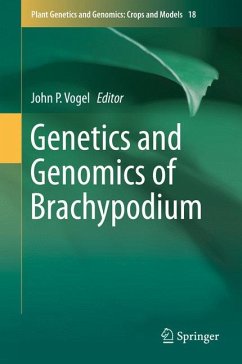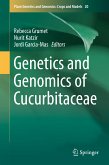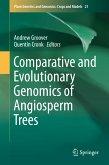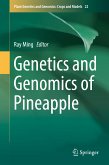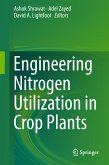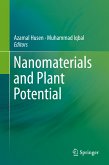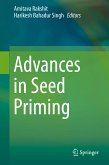Grasses dominate many natural ecosystems and produce the bulk calories consumed by humans either directly in the form of grains or indirectly through forage/grain fed animals. In addition, grasses grown as biomass crops are poised to become a significant source of renewable energy. Despite their economic and environmental importance, research into the unique aspects of grass biology has been hampered by the lack of a truly tractable experimental model system. Over that past decade, the small, annual grass Brachypodium distachyon has emerged as a viable model system for the grasses.
This book describes the development of extensive experimental resources (e.g. whole genome sequence, efficient transformation methods, insertional mutant collections, large germplasm collections, recombinant inbred lines, resequenced genomes) that have led many laboratories around the world to adopt B. distachyon as a model system. The use of B. distachyon to address awide range of biological topics (e.g. disease resistance, cell wall composition, abiotic stress tolerance, root growth and development, floral development, natural diversity) is also discussed.
Dieser Download kann aus rechtlichen Gründen nur mit Rechnungsadresse in A, B, BG, CY, CZ, D, DK, EW, E, FIN, F, GR, HR, H, IRL, I, LT, L, LR, M, NL, PL, P, R, S, SLO, SK ausgeliefert werden.

